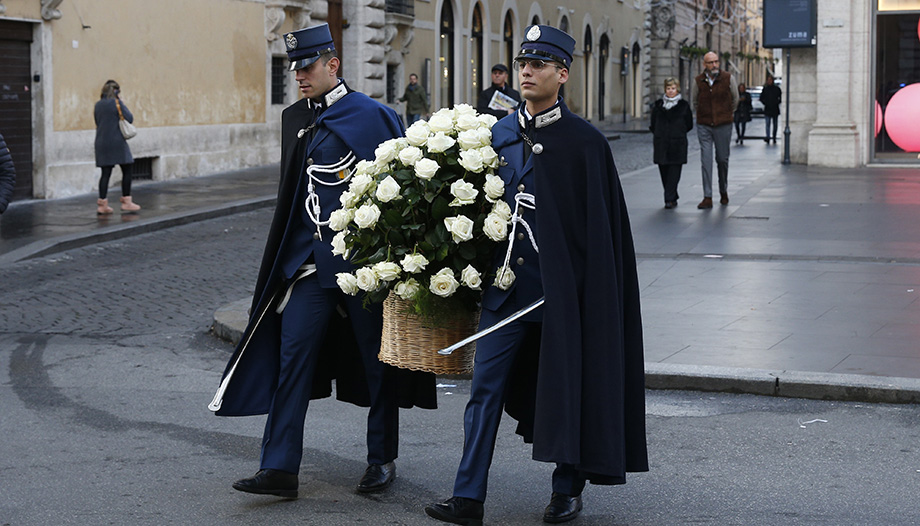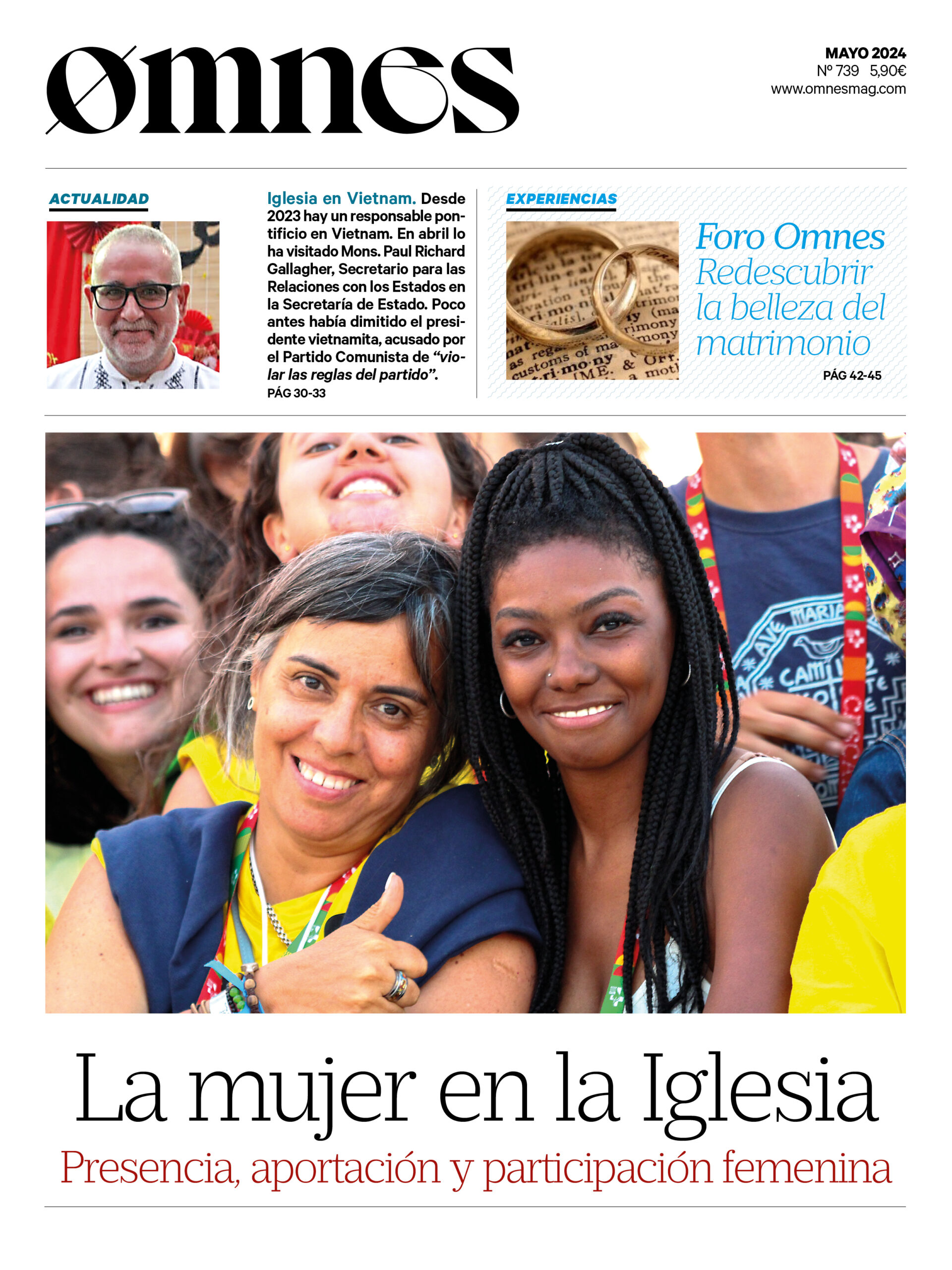Tourists rarely take pictures with them, they do not wear armor or halberds, nor helmets or plumes, unlike the famous Vatican Swiss Guard. They are members of the Vatican Gendarmerie, a militarized police force, dressed in navy blue, like many police forces around the world, and in short-sleeved white shirts during the summer, and go almost unnoticed amidst the magnificent Vatican grounds.
"We work for the security of the Pope and the Vatican, the Swiss Guard often takes the honors, but it's fine that way," confided a gendarme with great humility, questioned about the difference between the two corps.
It is a special surveillance division of about 150 members, which is responsible for the Pope's public order functions, the security of the confines of the Vatican City State, the care of the assets of the Vatican Museums, as well as the role of judicial police.
There is also the Gendarmerie Corps Band, which was re-established in 2007 with about 100 musicians, volunteers and from military bands, as well as from the Vatican City State Band, formerly the Palatine Guard of Honor.
When you enter the Vatican through the Porta Sant'Anna, through the Paul VI Hall or through the Arch of Bells, the Swiss Guards ask for the reason for which you want to enter, then you pass to a second post in charge of the Gendarmerie that controls the documents and gives a pass to the visitor. Instead the "Porta del Perugino" is directly managed by them, like the little traffic inside this 44-hectare estate surrounded by high walls and towers.
They also control the surveillance cameras and the extraterritorial buildings, among them the other three papal basilicas, St. Callixtus and other buildings of the Holy See, such as Castel Gandolfo. Without forgetting that before the apostolic trips a delegation travels to control the security that will have of the Holy Father, bearing in mind that many countries even live situations of civil war.
St. Peter's Square, always open to the public, is instead under surveillance by the Italian 'Polizia di Stato', which works in close collaboration with the Italian Gendarmerie. The VaticanIn particular when the Pope makes visits in Rome, in Italy, or up to the airport before flying to another country. On the other hand, when going to St. Peter's Basilica, after the metal detectors, the Gendarmerie has jurisdiction. It is a permanent guard 24 hours a day, every day of the year.
History of the Vatican Gendarmerie
The history of this military corps goes back a long way, like almost everything in the Vatican. Over the centuries it changed names and roles, but not its main function. The first papal guard dates back to Constantine, after the Edict of Milan. Meanwhile the official constitution of the Gendarmerie dates back to 1816 with Pope Pius VII and the restoration of the Papal States, in the central part of Italy (Lazio, Umbria, Marche and Emilia Romagna after the fall of Napoleon Bonaparte and the Congress of Vienna).
First it was called "Reggimento dei Veliti Pontifici", then "Corpo della Gendarmeria Pontificia" and in 1849 with the end of the Roman Republic and the return from exile in Gaeta, Pope Pius IX called it "Corpo dei Carabinieri Pontifici", because they were characterized by their carbines.
The Corps gave proof of abnegation and courage in the face of the attack of the Piedmontese troops in 1870, when they entered Rome through the "Porta Pia breach", forcing Pius IX to withdraw to the Vatican City with a small nucleus of Gendarmes as a security and defense corps, until 1929 when the Lateran Pacts were signed.
In 1970 Pope Paul VI announced the dissolution of the various armed corps of the Vatican, except for the Swiss Guard. A new pontifical armed corps was thus founded, with the name "Corpo di vigilanza dello Stato della Città del Vaticano", until 2002 when, after the assassination attempt on St. John Paul II, the corps was reformed, the security protocols were changed and the current name was adopted: "Corpo della Gendarmerie dello Stato dell Città del Vaticano". The number one, the Inspector General since 2019 is General Gianluca Gauzzi Broccoletti.
Joining the Gendarmerie
Each year, applications are opened for young people between 21 and 24 years of age who want to join the Gendarmerie, Catholics, not less than 1.80 meters tall, giving preference to people who come from law enforcement, with the proper moral profile and who pass severe physical fitness tests, including running a kilometer in a time of less than 3.30 minutes.
Those who pass the tests will become probationary Gendarmes, starting a period of practice. If they pass the two-year period, they become Gendarmes, with a salary of about 1500 euros per month (in Italy equivalent to that of a school teacher). The roles are officers, NCOs and troops, their chaplain is always very close to them, with his presence and giving continuous spiritual formation. They all know that if anything should happen to them during their service, the corps will guarantee the future of their wives and children.













